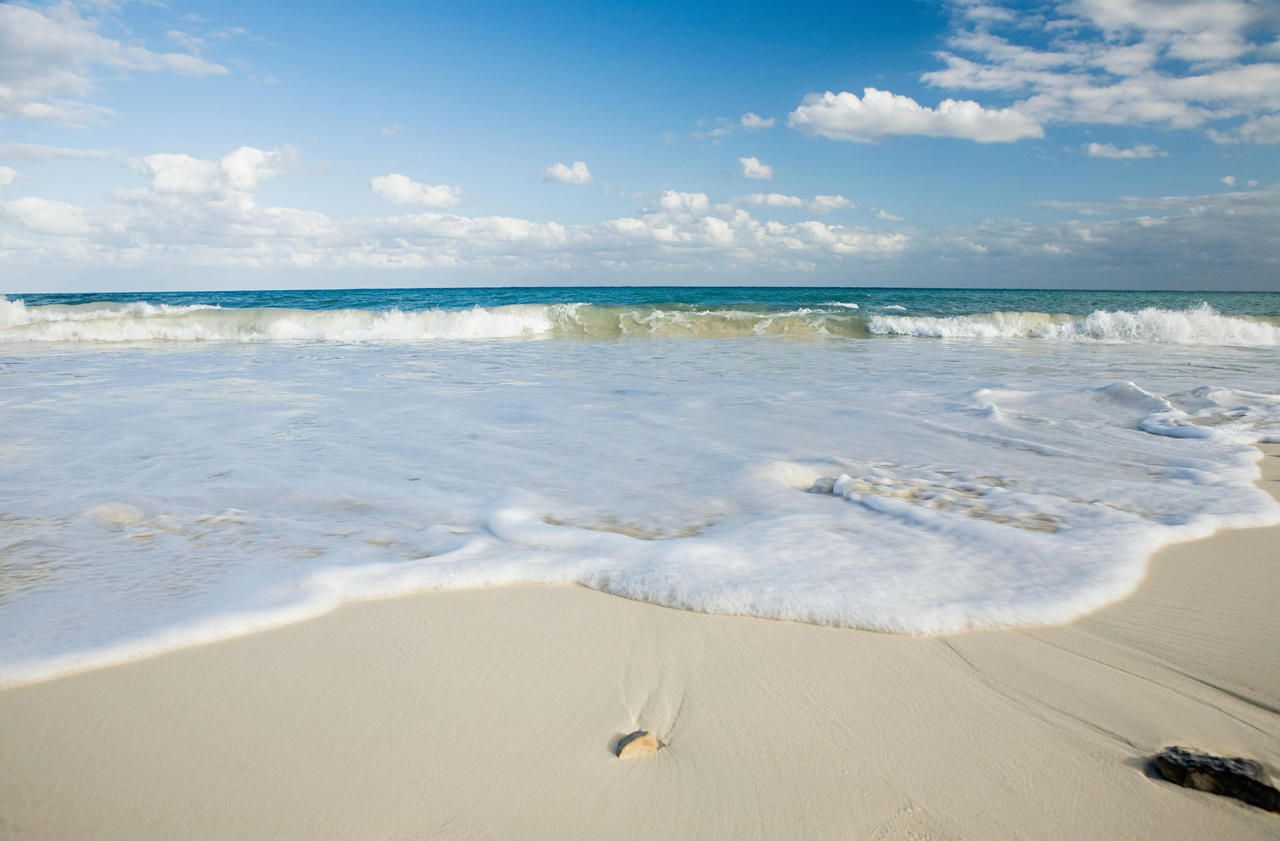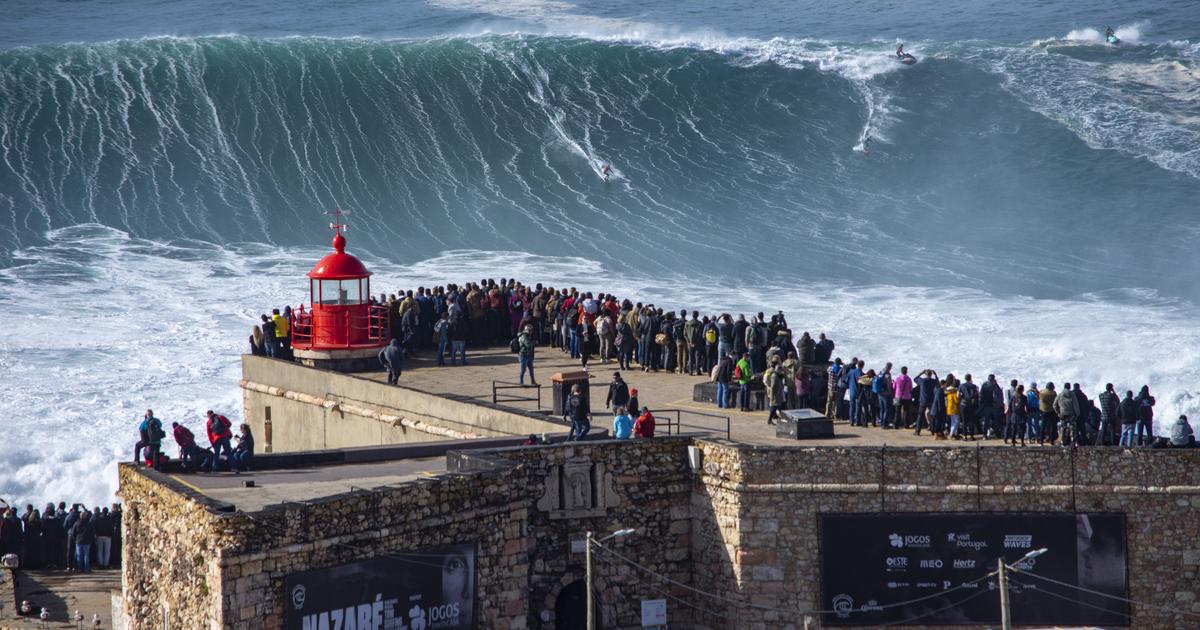When she retires, sailing enthusiasts unfamiliar with her capricious schedules should beware. Watch out for stranding on an invisible sandbank, just in front of the port under the mocking eyes of more seasoned sailors. The tides, their scents, their moods, their music, what happiness even if it is tricky! The spectacle of these immense rolls of water which tirelessly roam the oceans twice a day, can be explained both by the attraction of the Moon and the centrifugal force exerted by the Earth by rotating on itself.
But what a marathon, it was to understand it! "For a long time, the tides were perceived as a bizarre, incomprehensible, even threatening phenomenon," explains André Gillet, a former merchant navy officer and author of "Une Histoire des marées" (published by Belin), one of the very rare works which have been devoted to them.
“Very early on, we had the intuition that it had a link with the Moon,” explains this scholar, “but it was not until late, in the 17th century, with the Englishman Isaac Newton and his theory of universal gravitation ( published July 5, 1687 in his work "Philosophiae naturalis") according to which, in the universe, all bodies attract, that the mystery has been elucidated. "
Water-breathing monsters, according to Plato
In the meantime, what a lot of trial and error. Since Antiquity, however, we have looked into the question: the Greeks were both terrified and intrigued by the tidal waves, caused by the submarine earthquakes that occurred there. For them, they were the work of gods or dark forces: Poseidon, the god of the sea was angry; moving rocks, capable of crushing ships, were at work… Unless they were monsters swallowing and spitting out water, as Plato suggested.
“In fact, Greek scholars looked no further. What for, since in the Mediterranean, there were no tides. The problem is that where they were strong, observable, as on the Atlantic coast, there were no scientists to deal with them, ”underlines André Gillet. And that's why we took so long to unravel the mystery.
The "nonsense" of Descartes
Another major obstacle has come to hamper research: the church and its visceral belief that the Earth, God's creation, was at the center of everything. "By going to war against the Galilean movement, it has long hindered the understanding of the tides", underlines the sailor, who amusedly lists all the nonsense written in their name: "In the radius of the nonsense, it is undoubtedly René Descartes who wrote the most beautiful, he smiles. As he was terrified of the church, he imagined a theory of the sphere: for him, the Earth and the Moon were hooded in a kind of sky. When the Moon passed the meridian, it was thus crushed by this sky, then pushed back the Earth and the water of the oceans was in turn crushed. Not only is this absurd, it doesn't work. Really not strong for a champion of Cartesianism, ”notes André Gillet.
Blaise Pascal, a contemporary of Descartes, for his part pretends to be interested in it in his "Pensées". "He evokes a sort of sinusoid, but does not go further, he found it far too complicated", he notes. In short, throughout the 16th and early 17th centuries, we go around in circles. Even the best hydrographers of the time, like Father Georges Fournier, a Jesuit who was a master of the art of tide surveying, broke their teeth there: “For him when the sun was passing over the water, it started to boil and it formed like a blister. Yet he was a brilliant person, but that's all he found, ”says André Gilet. Finally comes Isaac Newton and his flashes. The force of gravity! Eureka. Everything lights up.
The grateful French Navy
“Newton had the intuition of a particular force exerted between the stars. Kepler, before him, had explained the why of Earth-Moon relations, told him how it worked, ”he summarizes. The royal power, it hardly has time to wait for all these learned explanations. Under Louis XIV and Colbert, a first tide gauge - a device for measuring tides - was installed in Brest.
The two great maritime nations that are France and England then need tools to navigate their fleet without a hitch. But the tidal directory, the one that is still valid today, in each port, only saw the light of day in 1839. And it is to an outstanding hydrographer, Antoine Marie Remy Chazalon, that we the finger.
Newsletter - Most of the news
Every morning, the news seen by Le ParisienI'm registering
Your email address is collected by Le Parisien to enable you to receive our news and commercial offers. Learn more
“He was a very meticulous man, a hard worker, notes André Gillet. In winter, he carried out surveys on board a boat, in summer he did his calculations. Its rigor, its ingenuity, has enabled France to have first-rate sea level observation coverage. The sailors say thank you again!
The history of natural phenomena in 6 episodes
1. The shooting stars
2. The tides
3. The foreshore
4. The Milky Way
5. The lightning
6. The sunsets









